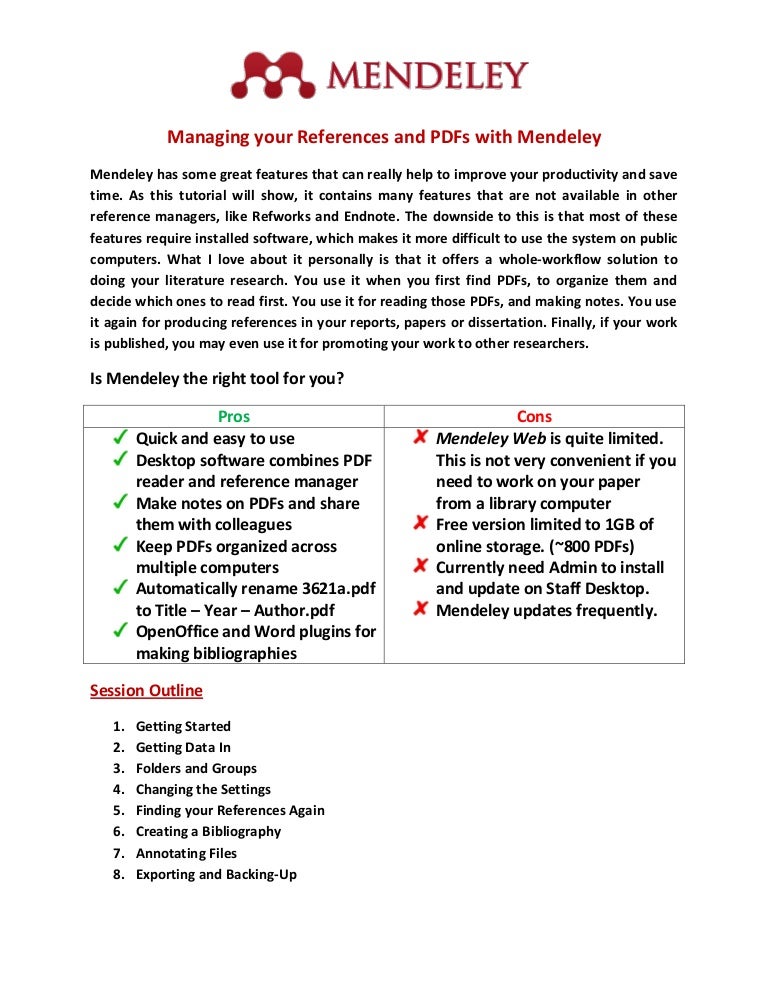
This gives results identical to filing the papers in a Wnt folder and a bone subfolder, except you don’t have to decide which is the top level and which is the subfolder – you just tag and move on.

If you want Mendeley to show you all the files tagged with “Wnt” and “bone” just type “tag:bone,Wnt” in the search. You’ll never run into the problem where you realize that one folder is getting too big and should be split into subfolders because each tag works like a separate folder. You don’t have to decide if you’re going to file according to the organism the research was done in, or by the disease, or by the cell type used. With tags, you don’t have to pick an organization scheme up front. Tagging instead of filing in hierarchical folders has other advantages as well. showed that for the same effort it would take to file a link in a folder structure, you could tag the link instead and get back so much more than you put in.

It’s also where many academics first understood what this whole Web 2.0 thing was all about. It was a fascinating use of collective intelligence and one of the first popularizations of the concept of tagging. You could just go to and get a page that showed all the tags in the database that had been uploaded by anyone. You could then use those tags to get the service to show you a page constructed using those tags. Instead of filing the bookmarks in folders, you gave them a couple of descriptive tags. A pioneer of the Web 2.0 movement, allowed you to save links, not to the bookmarks folder of your browser, but to their webservice. The prototypical example in this case was a little service called *. Furthering this trend, they began to collect all sorts of information about the information they were storing. Because these pages were database driven, they were more dynamic – the page you saw changed as you interacted with it or as information was added. When you visited the site, the main content of the page was dynamically fetched from a database and used to construct a page customized to you. Around 2000, a new breed of blogs and web services became popular, which took a different approach. Websites were once composed of individual files which were arranged in the structure of the website and linked together. This week it’s the practice of tagging bits of information as opposed to filing things in a hierarchical folder structure, with posts on the move to querying databases of information as opposed to loading information from individual files and the representation of information as a temporal stream as opposed to a static page to come next week. Over the next week, I’ll highlight some major developments and discuss how they’ve informed the development of Mendeley. I thought I would do something similar, but since we’re at the end of not only a year, but a decade, it’s worthwhile to reflect on the changes in how people manage and organize their increasingly digital stores of information.

As the year gets to the end, everyone writes “Best of” lists for the past year.


 0 kommentar(er)
0 kommentar(er)
